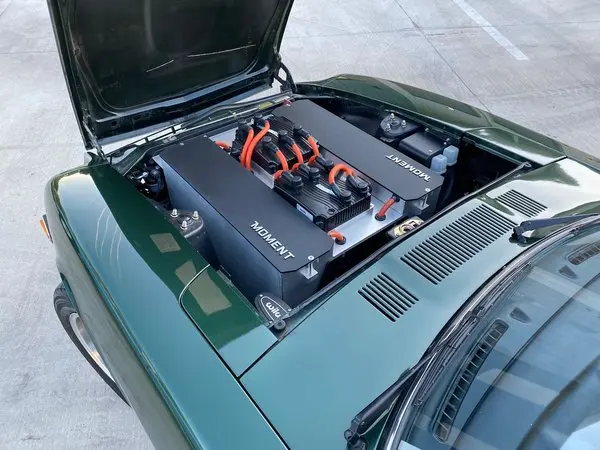Are you ready to embark on an eco-friendly journey without breaking the bank? Discover the fascinating world of electric vehicles by learning how to “Convert Any Car to Electric.” Unleash the potential of your beloved vehicle, reduce your carbon footprint, and embrace the future of sustainable transportation.
Converting Any Car to Electric: A Green Revolution
1. Understanding the Basics of Electric Vehicle Conversion
Electric vehicles (EVs) are gaining popularity, but purchasing a new electric car might not be feasible for everyone. The solution? Converting your existing car to electric! Before delving into the process, it’s essential to understand the basic components involved in an electric vehicle conversion: the electric motor, controller, and battery pack.
2. Assessing Your Car’s Suitability for Conversion
Not every car is suitable for an electric makeover. Factors like weight, aerodynamics, and available space influence the conversion process. Compact cars with ample space for batteries and lightweight construction are often more suitable candidates.
3. Steps to Convert Any Car to Electric
Step 1: Remove the Internal Combustion Engine (ICE)
The heart of the conversion process involves saying goodbye to the traditional internal combustion engine. This step requires technical expertise, so seeking professional assistance is recommended. Once the engine is out, the stage is set for the electric transformation.
Step 2: Install the Electric Motor
Choosing the right electric motor is crucial. Consider factors like power output, size, and compatibility with your vehicle. The electric motor takes the place of the removed internal combustion engine and connects to the existing transmission.
Step 3: Integrate the Controller
The controller is the brain of the electric vehicle, regulating the power flow from the batteries to the motor. Proper integration of the controller ensures a smooth and efficient driving experience.
Step 4: Selecting and Installing the Battery Pack
The battery pack is a significant investment and plays a pivotal role in the range and performance of your electric car. Various types of batteries are available, such as lithium-ion and nickel-metal hydride. Install the battery pack in a secure and well-ventilated location.
Step 5: Charging Infrastructure
Adapting your vehicle for electric power also involves setting up a charging infrastructure. Install a charging port in a convenient location, and explore charging solutions based on your usage patterns.
4. Challenges and Considerations in Electric Vehicle Conversion
While converting a car to electric offers numerous benefits, it comes with its own set of challenges. Addressing concerns like range anxiety, charging infrastructure, and potential modifications to the vehicle’s structure is crucial for a successful conversion.
5. The Cost of Converting Your Car to Electric
One of the most significant factors influencing the decision to convert is the cost. While it might seem daunting initially, consider the long-term savings on fuel and maintenance costs. Additionally, explore incentives and rebates available for electric vehicle conversions in your region.
Read too: Which Electric Cars Have Autopilot? Navigating the Future
Conclusion
Converting any car to electric is a thrilling venture that holds the promise of a greener and more sustainable future. As technology advances and awareness grows, the barriers to entry for electric vehicle enthusiasts continue to diminish. By understanding the process, assessing your car’s suitability, and weighing the costs and benefits, you can make an informed decision to electrify your ride.
In conclusion, “Convert Any Car to Electric” is not just a catchy phrase; it represents a transformative journey towards environmental consciousness and a more sustainable mode of transportation.
